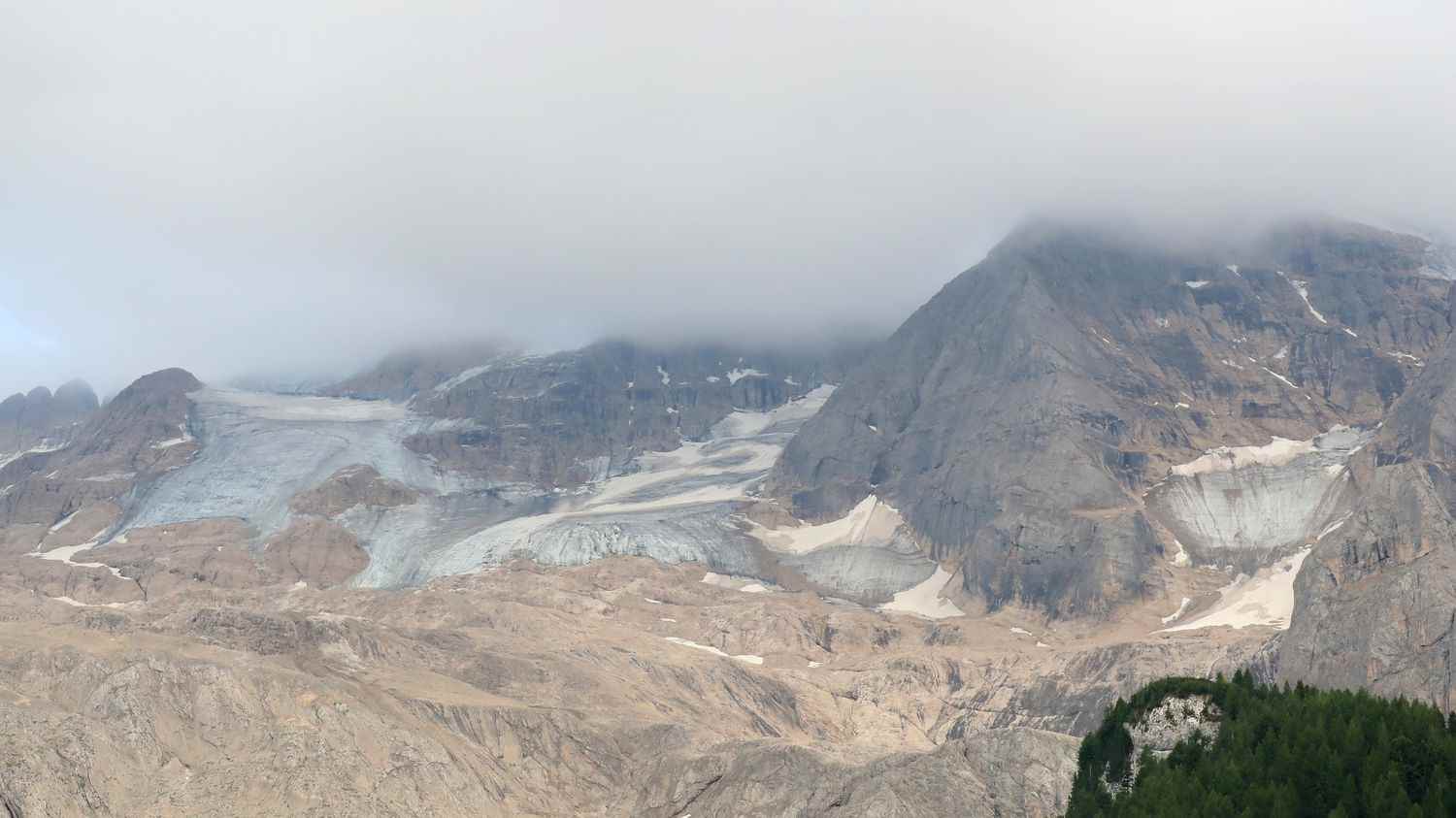“It is a risk that we know, but which is accentuated by the totally abnormal temperatures”, explains the hydrologist, specialist in the adaptation of our societies to climatic upheavals Emma Haziza, Monday July 4 on franceinfo, after the collapse of the Marmolada glacier in Italy. The collapse of the glacier left at least 6 dead and 8 injured. She adds that there is a similar risk in France, in Saint-Gervais, where “there are currently two pockets of water under the glacier that could potentially explode.”
franceinfo: Is it an unpredictable event amplified by climate change?
Emma Haziza: I think that we have more and more means to allow us to measure this type of risk and to see its evolution. Indeed, knowing exactly where it will occur, how it will occur, is complicated, but we have a set of parameters that seem particularly aggravating. First, the day before: we will reach an exceptional temperature with more than 10 degrees at the top of the glacier. Then, the La Marmolada glacier, one of the largest glaciers in the Dolomites, has been affected by a drought for several months in a historic way. In March 2022, we even had massive outbreaks of fire throughout the Dolomites area. It is an area that has suffered historic droughts, abnormal temperatures, so necessarily, the entire glacier is at risk of breaking down.
It would have been better to close, as is the case in Tignes in France, for a few days, where the glacier is closed to the public a month in advance because the melting is accentuated?
Indeed, the snowpack being more and more unstable, there is an increasing danger. We still have a history in France with the disaster of Saint-Gervais in 1892, on July 12. In a rather similar way there was a destructuring and then, torrents of mud, ice and rock, like what happened for the Marmolada. And there is still this risk in Saint-Gervais, since there are currently two pockets of water under the glacier which could potentially explode. It is a risk that we know, but which is exacerbated and accentuated by totally abnormal temperatures.
Is it almost the risk of Vesuvius in ice version that you describe?
It’s not a volcanic risk either, but it is indeed a risk, with all the tourist activities that will be around. We can clearly see that we have roped parties that have been swept away, who find themselves in this context in an increasingly risky situation, and that we will no doubt have to protect these increasingly fragile areas.
